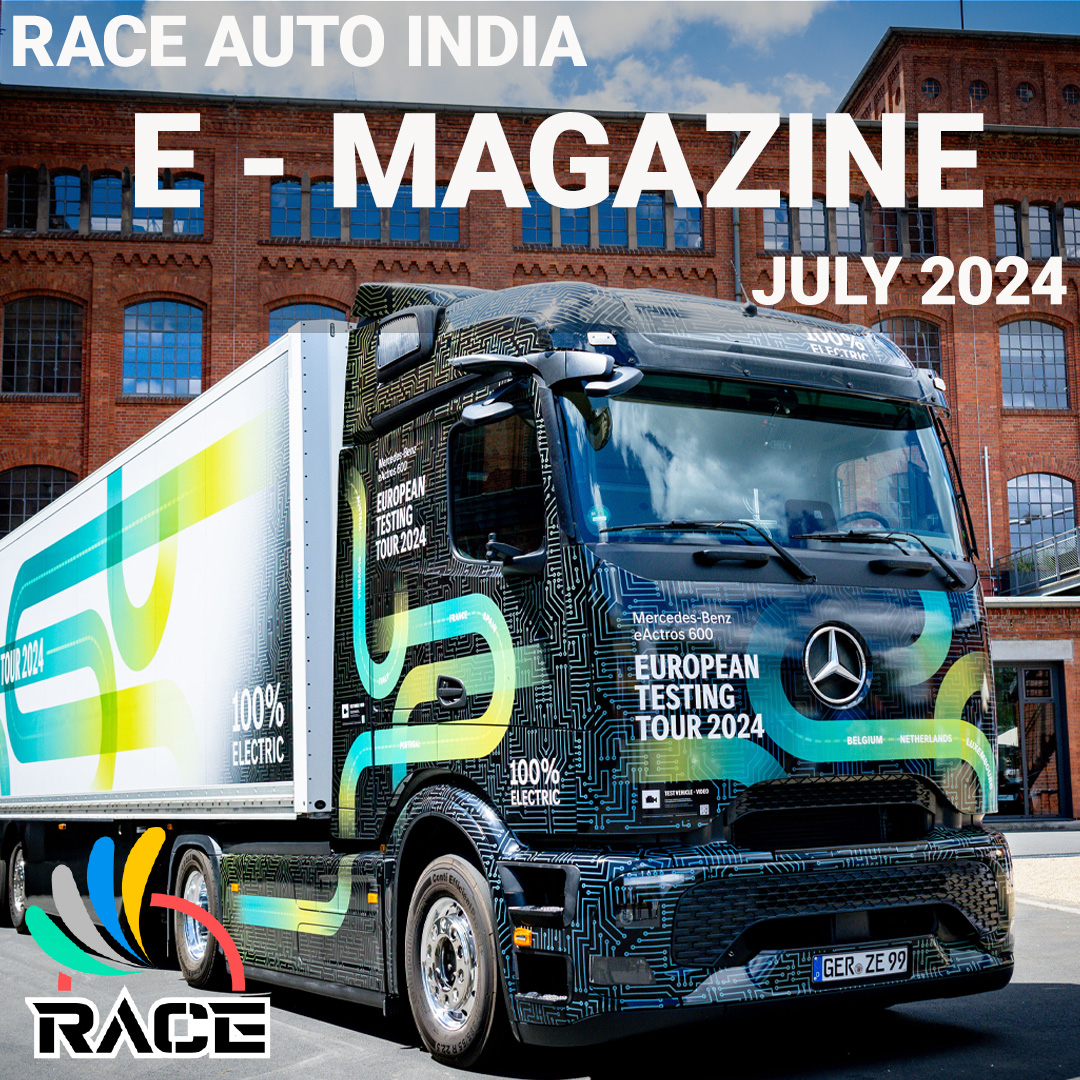MAHLE develops new Motor for EVs
The MCT (Magnet-free Contactless Transmitter) and the SCT (Superior Continuous Torque) electric motor, both of which are endurance champions and work without the need of rare earths. In MCT technology, eliminating rare earths improves production's sustainability while also lowering costs and ensuring the safety of raw materials.

Stuttgart- MAHLE GmBh., has developed a new technology kit for electric motors that combines the advantages of its benchmark SCT and MCT electric motors. The "perfect motor" combines permanently high peak power, contactless and thus wear-free power transmission, the absence of rare earths, and maximum efficiency.
Arnd Franz, Chairman of the MAHLE Group Management Board and CEO said, "With this unique technology toolbox for electric motors, we can offer our customers customized electrification solutions for any vehicle class, application, or even brand philosophy.”
The MCT (Magnet-free Contactless Transmitter) and the SCT (Superior Continuous Torque) electric motor, both of which are endurance champions and work without the need of rare earths. In MCT technology, eliminating rare earths improves production's sustainability while also lowering costs and ensuring the safety of raw materials. It is exceptionally effective—almost anywhere it operates. The MCT electric motor fully demonstrates its efficiency benefits, particularly in those locations where actual road traffic is frequently present.
Because the necessary transmission of electric currents between the rotating and stationary sections inside the motor is contactless and thus wear-free, the MCT electric motor is characterized by great durability. As a result, the motor requires no maintenance and may be used in a variety of applications.
The company has a durable lineup with the SCT electric motor. The traction motor has an endless capacity for high power operation. A novel cooling idea allowed for this technological advance. The cutting-edge integrated oil cooling not only strengthens the e-motor but also enables the utilization of waste heat produced in the system of the entire vehicle. The efficiency, portability, and small size of the new e-motor are unmatched. A lighter engine requires less material to produce and enhances the potential payload in commercial vehicles, therefore the extremely compact design also has a material cost and weight advantage.
A high level of efficiency can be seen in the MCT electric motor over a broad speed/torque range. On the other hand, the SCT electric motor is built to attain the best efficiency at the prime working locations. The high continuous output of the SCT electric motor is another advantage. Despite its extremely small and light weight, measuring results show that this is between 93% and 100% of its peak power. Because of its unheard-of high ratio, which is unmatched on the market, it can be utilized in all types of electric vehicles, even under extremely demanding circumstances. Driving an electric truck over mountain passes or repeatedly accelerating a battery-powered passenger automobile are two instances from the past. These situations are only partially covered by the e-motors that are now on the market.


